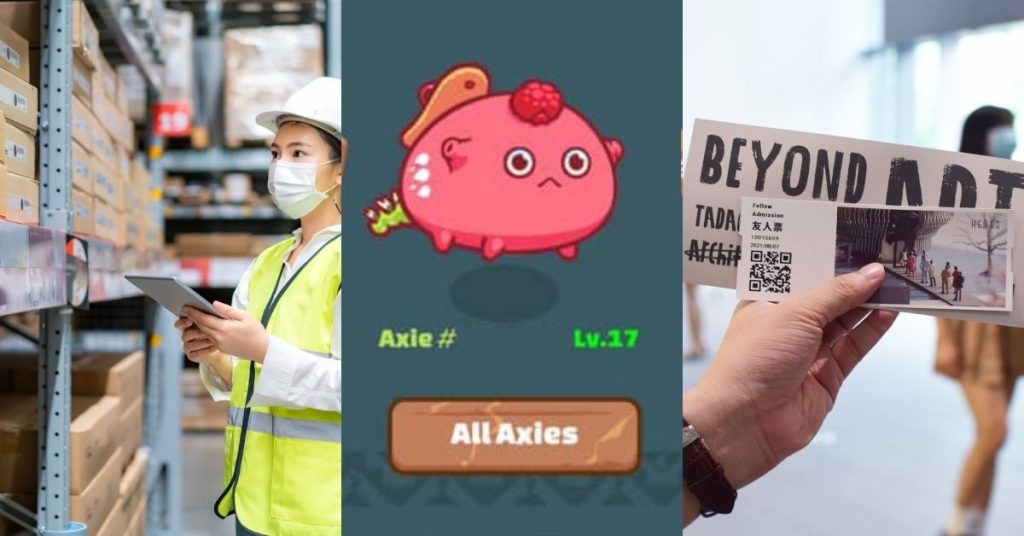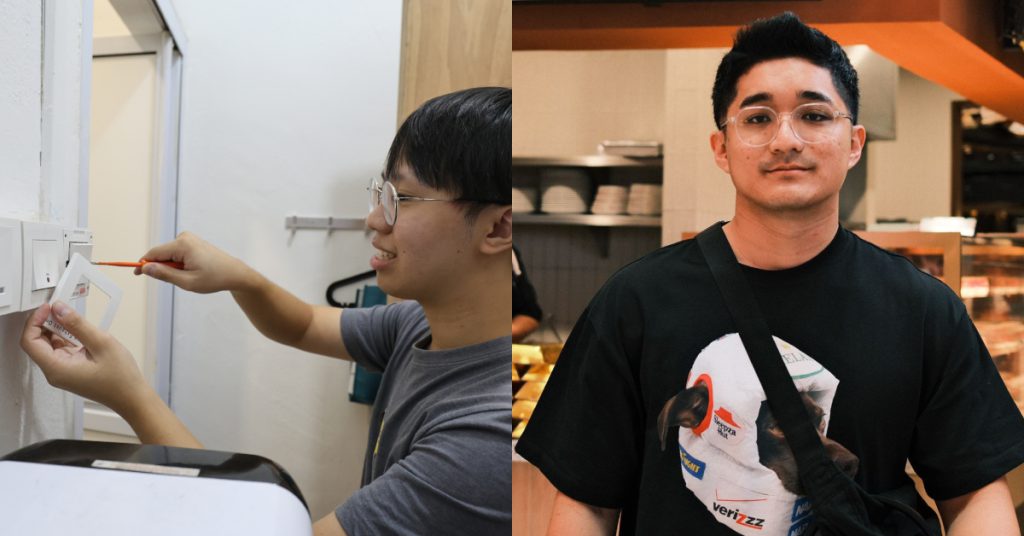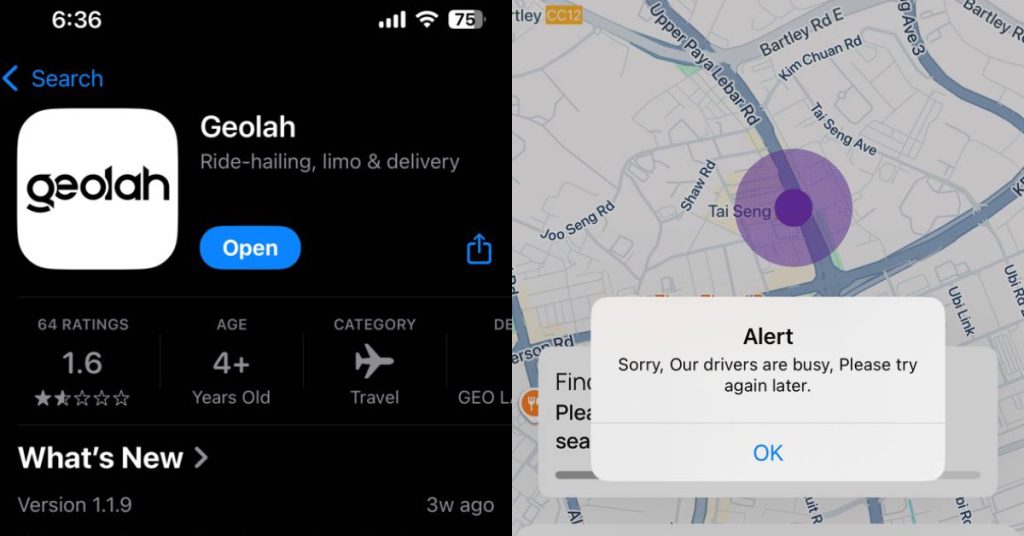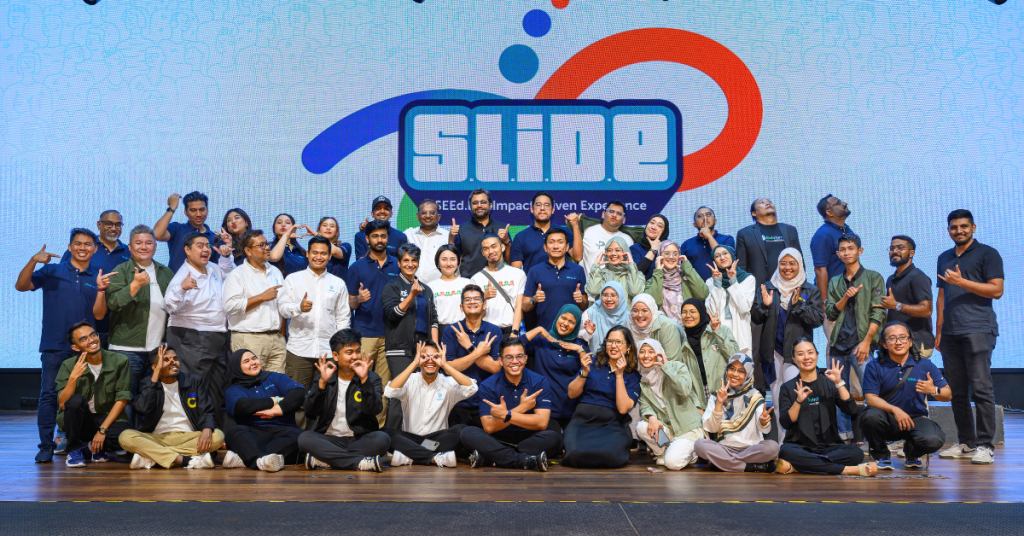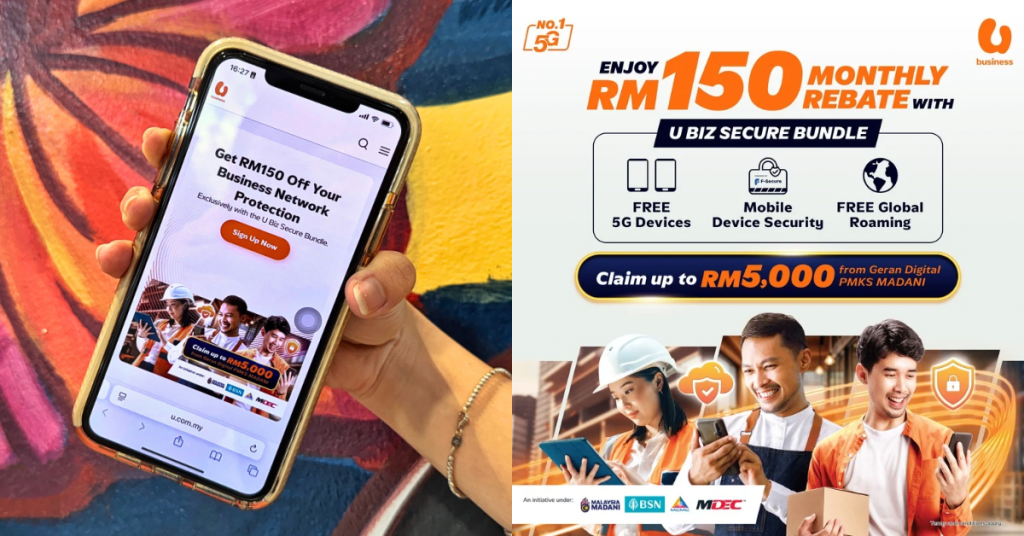Most people would know the basics of non-fungible tokens (NFTs) by now, especially in the context of the art-collecting scene.
In Malaysia, individual artists like Red Hong Yi, Katun, Munirah Hamzah, and more, have been making thousands to millions of Ringgit by selling NFTs. To buy them, there are global NFT marketplaces like Opensea, or local ones such as Pentas and TRART.
The worth of an NFT is defined primarily by the perceived value of it, and how much one would want to stake ownership of the asset. In the digital sphere, while anyone can download or save an image of art, we can’t prove we own the original unless we have a digital certificate of ownership in the form of an NFT.
This aspect is what makes crypto art one of the most popular NFT use cases in the market today. But NFTs can be used in more ways other than just art collecting.
Here, we’ve chosen 5 use cases of NFTs which we think have the most potential to be widely adopted in Malaysia. They were selected based on what’s currently being leveraged by local entrepreneurs and how they could benefit Malaysians if these applications takeoff.
1. Collectibles
NFTs can be used to represent physical objects like trading cards, which are popular amongst sports and comic fans.
Examples of sports digital collectibles include “Moments,” sold on the NBA Top Shot platform. Moments might include a video clip of a player making a move or the NBA’s Top Shot, a blockchain-based trading card system that offers game highlights.
Another example of an NFT collectible is Jack Dorsey’s first tweet. He sold the NFT using a platform that tokenises tweets called Valuables, where anyone can place an offer on any listed tweet, and others can place a counter-offer to outbid you.

In Malaysia, we’ve seen large companies jump on the trend, like Kadokawa Gempak Starz with its NFT card pack sales.
Local comic artist and toy designer, Michael Chuah, turned his character toy figurines into collectibles, such as his Yuurei Neko Sama Collection 1 on Rarible. Anyone who collects all 5 of these virtual figures will unlock a hidden 6th variant.

There’s certainly potential for anyone to create collectible items to be sold as NFTs, but whether or not they will take off depends on whether there is demand for the assets, giving them value.
2. Tickets
Some NFTs can be used as tickets or memberships to exclusive events, benefits, etc. One example of this use is shown by the Bored Ape Yacht Club which sells merchandise, organises social events, and hosts yacht parties for members.
Another use case has been done by MinNature Malaysia, whose team creates miniature versions of real-life Malaysian landmarks at its art exhibition. Using crypto to sell entrance tickets (the NFTs) for their art gallery is the team’s way of moving into the digital space and expanding their reach.

With the pandemic shifting Malaysian attitudes into adopting digital solutions (like replacing cash payments with e-wallets), it would make sense for tickets to move into the NFT space as well. As NFTs are on the blockchain, the trail of tickets will become more traceable as each transaction will be recorded.
This would negate frauds and online touts, who purchase tickets in bulk and sell them on secondary markets at higher prices to profit.
3. Gaming
On the topic of collectibles, NFTs are also applicable in the gaming industry. In games, their use is immediate, such as providing characters with power-ups, upgrades, and the like.
In a game called Zombies, Run!, runners must hit certain milestones in their fitness journey within the app to earn tokens and medals. These play-to-earn collectibles can be used as in-game currency to buy certain items and showcase your achievements.
Meanwhile, Axie Infinity and Battle Pets are Pokémon-style games with tradable pets and items. Though the NFTs here have a cosmetic function, each pet has a set of unique abilities for battling too, which affect the pet’s value when traded.

While there’s yet to be a known Malaysian-made game to incorporate NFTs, GameFi is predicted to see huge growth in the upcoming years. Thus, there are plenty of opportunities for local game companies to explore this space as well.
Dictionary time: GameFi is a fusion of the words “game” and “finance”, and it refers to the financialisation of video gaming. This concept involves giving players financial incentives to play and progress through games.
Okex / Coin Desk
4. Finance
Not every NFT derives value from being attached to art or collectible items. In decentralised finance (DeFi), NFTs also provide financial benefits, which is where its utility factor comes into play.
For example, NFTs and crypto can be a form of foreign exchange. Filipinos who work as domestic workers in Hong Kong, Malaysia, or Singapore can be paid via these methods, presumably with higher value, as we’ve learnt in a Wild Digital SEA 2021 panel.
Residents in the Philippines can even use crypto for down payments on a house and car. All this is possible because the Philippines’ Central Bank has approved several crypto exchanges to operate as “remittance and transfer companies” in the country.

Thus, more people in the Philippines actually own a crypto wallet than a credit card, as it’s claimed that the former is more accessible and has the potential to bring higher returns than their day jobs.
If this trend is adopted in Malaysia as well, it could pose significant benefits to those in underserved populations. They include those in B40 households who don’t have enough funds or the necessary paperwork to start a bank account or gain access to investment opportunities.
5. Logistics
NFTs can be used in supply chains to authenticate products, ensure their quality, and verify their origins. While still in its nascent stages, NFTs on the blockchain are suitable for logistics because of their immutability (inability to be changed over time) and transparency, which keeps supply chain data traceable and reliable.

Luxury brands Gucci, Balenciaga, Louis Vuitton, Richemont, and Prada have already collaborated to launch a blockchain platform known as Aura Blockchain Consortium (Aura).
Aura’s blockchain acts as a database for luxury products where each item will be assigned a unique digital identity (the NFT).
This would verify the quality and source of the products through tracking materials in the supply chain from start to finish.
In the food and other agriculture industries, knowing where goods have been and for how long is crucial as well. It would be most beneficial to Malaysian startups in the agritech line especially since the country is a global agricultural hub.
-//-
These are just 5 known use cases for NFTs which still have plenty more applications. They can range from the ownership of digital real estate, royalties for music and domain names, to verifying documentations in reducing identity theft and fraud.
As NFTs grow in popularity, there’s a good chance we’ll see even more ideas and use cases in the future. Though, it’s worth noting that not every application for NFTs has had enough time to go beyond an idea or a small project. Some may turn out to not be practical or popular.
What we’ve outlined above are simply use cases that have taken off globally, and that we think have the potential to grow in Malaysia too, based on our current behaviours.
It will be up to Malaysian entrepreneurs and businesses to leverage NFTs as they see fit, and with the metaverse becoming more realised, it’s likely we’ll see many more NFT projects arise locally.
However, for these projects to be received well, consumers will need to be properly educated on how they work, and be made aware of any risks beforehand.
- Read more of what we’ve written on NFTs, blockchain, and crypto here.
Featured Image Credit: Declan Lim in Axie Infinity Malaysia / 123rf.com / Unsplash



